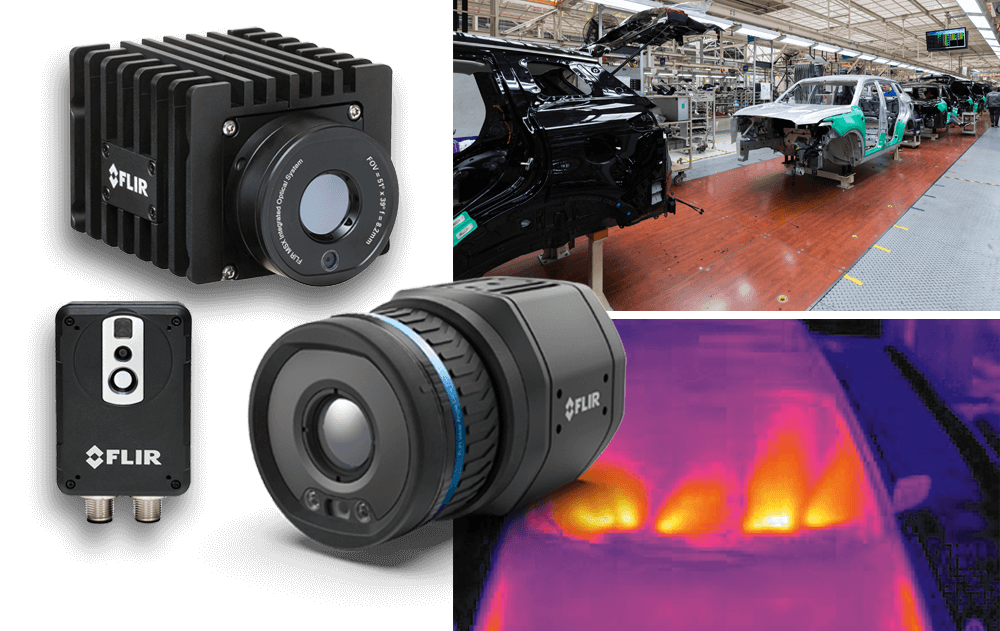#statusMessage#
Do you want to start the compare now?
#statusMessage#
Do you want to start the compare now?

With the increasing importance of renewable energies in the wake of climate change, solar energy is moving further into ...

The complexity of military radios and the often harsh weather conditions have a negative impact on the reliability of ra...

Automation with thermal imaging technology has proven to be a reliable solution for quality control in various industrie...

In diesem exklusiven Whitepaper erfahren Sie, wie Sie mit der richtigen Messtechnik arbeiten: ✔ Sie realisieren ein Test...
Manufacturer number: 11100050
Applications:
The A1110-16-E is a linear, extremely broadband precision power amplifier. It is predestined for all applications that require rapidly changing signals with high power. The A1110-16-E can be operated as a voltage amplifier or as a current amplifier. In the current amplifier operating mode, it offers a constant, frequency-independent output current, for example for inductive loads. There are three selectable operating voltages for high-voltage / low-current or low-voltage / high-current applications. Especially with very low-resistance loads, the operating voltage can be reduced to 1/3, which is accompanied by a corresponding reduction in the power loss.
Output voltage and output current can be limited. Low-impedance signal outputs are also available as monitor outputs.
The device is equipped with a quiet, temperature-controlled fan. In addition to overtemperature shutdown, power loss calculation and absolute current monitoring ensure perfect short-circuit and overload protection.
An interlock offers the possibility of a remote-controlled security system.
It is operated via the controls on the front panel of the amplifier and via the graphical user interface on a PC that is connected to the amplifier via the USB interface (the required software is included in the scope of delivery).
If higher output voltages or higher output currents are required, configurations with series or parallel connections of several A1110-16-E are possible.
Application software is included in the scope of delivery, which enables complete remote control and comprehensive configuration of the amplifier via the USB interface. The disclosure of the interface commands guarantees smooth integration into existing, automated test systems.
The standard-compliant tests according to LV124 and VW 80000 of electrical and electronic components in motor vehicles require fast power amplifiers. The models of the HUBERT amplifier family A1110-XX with a rise time of 100V / µs are the suitable choice for the required voltage or signal forms. High load currents can be reliably realized through the construction of multiple amplifier systems.
If higher output voltages or higher output currents are required, configurations with series or parallel connections of several A1110-16-E are possible.
Application software is included in the scope of delivery, which enables complete remote control and comprehensive configuration of the amplifier via the USB interface. The disclosure of the interface commands guarantees smooth integration into existing, automated test systems.
The standard-compliant tests according to LV124 and VW 80000 of electrical and electronic components in motor vehicles require fast power amplifiers. The models of the HUBERT amplifier family A1110-XX with a rise time of 100V / µs are the suitable choice for the required voltage or signal forms. High load currents can be reliably realized through the construction of multiple amplifier systems.
Applications:


